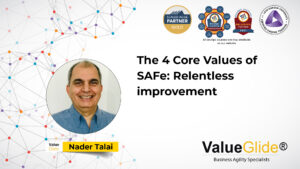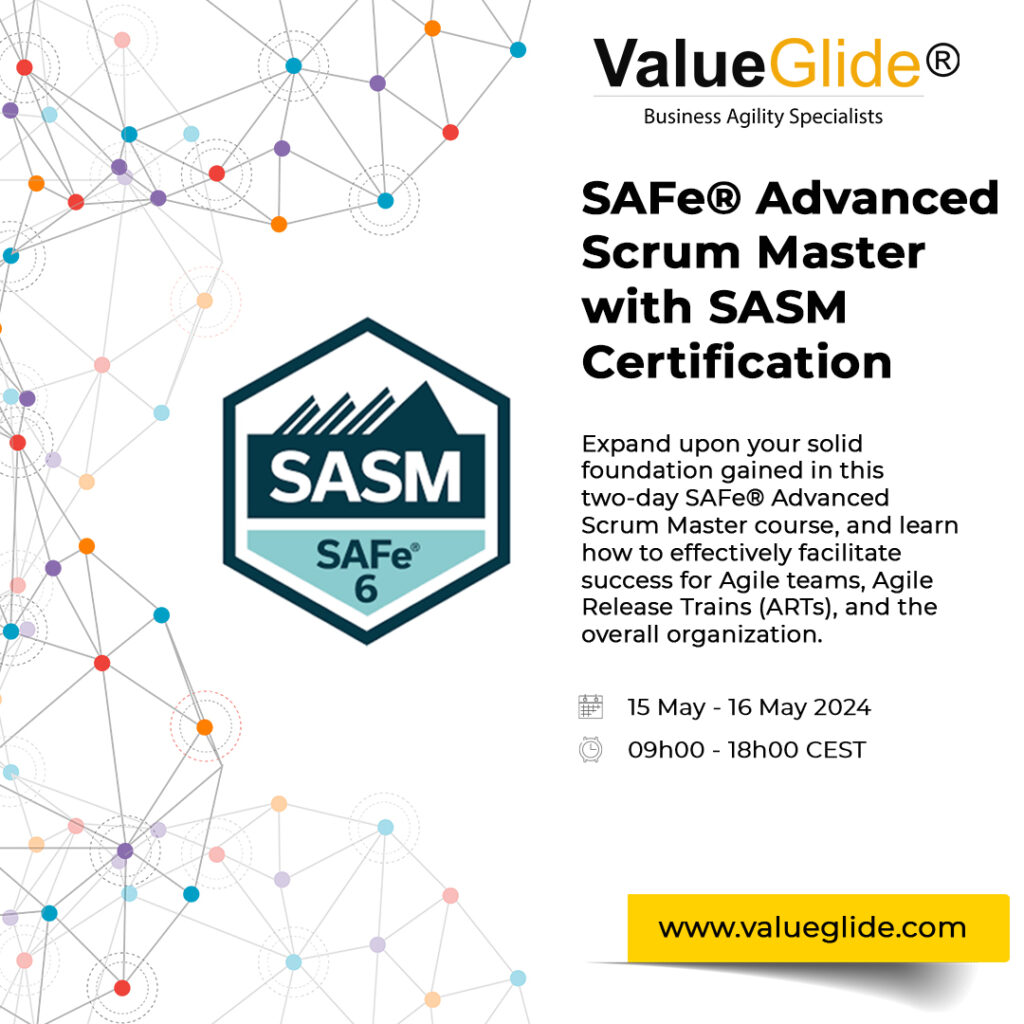Sugar is not good for us, but have we stopped eating? And so are any other refined carbohydrates for that matter.
Exercise is good for us, but have we started exercising regularly?
Meditation is good for us, sleeping on time is good, waking up early is good and the list goes on. We already know all these basics but have we started them yet?
Well, for most of us, the answer is “NO”.
For others, the answer could be that they started some of these habits at some point in time but then stopped. And for the rest, very few, they might still be into these good habits.
The reasons for all the people who are still into these good habits or started them in some of the time could be different however all would resemble the fact that when they started they could feel that it was “now or never” and “they had the strong desire to change themselves” — look great, reduce body pains, fit comfortably in their wedding dresses or other favorite ones.
This is what Scaled Agile calls reaching the “Tipping Point” or what John Kotter mentions as “Establishing a sense of urgency” and getting over “Complacency”
When you are in a corporate setup, you face similar situations that call for change and transformation, for improvements, or “just survival” in many cases. The focus on digital transformation, lean governance, customer centricity, design thinking, DevOps, business agility is more than ever in a long history.
What happens next is, you take the gym membership, buy some fancy sportswear, whey protein, vitamin supplements, and many more items.
You exercise for a few days, control your diet, and after some days of effort and focus, things go back to normal.
This is exactly the pattern seen in gyms all over the world, the enrollment in gyms are at their peak during January month and the footfall reduces drastically later on.
Why? The absence of continuous motivation.
Those who enroll under personal trainers tend to gain better results and sustain for the longer term because there is a strong coalition to promote, support, and guide the transformation.
That’s where the next step comes in form of “Creating a powerful guiding coalition”.
In the corporate setup, no meaningful transformation has ever been possible without the involvement of the leadership team and the people who can influence, motivate and support such massive investment and efforts needed for big transformation, like business agility.
You talk with your trainer and nutritionist about what you want to achieve with your efforts. You want to gain strength, improve your cardio endurance, bring flexibility, and maybe reduce some diseases.
You create a picture of yourself in your imagination and you aspire to become the person in your imagination.
Actually, you have “developed a vision and strategy” for your transformation.
In organizations, the vision and strategies are of utmost importance to align everyone to the mission and direct change efforts. Many transformations start with the plan at best and vision takes the back seat. And if you can’t explain the vision in five sentences or less, you don’t have one.
You think about your new image every now and then. Every morning when it becomes difficult to wake up, the motivation you get is again by thinking of your picture in your imagination.
You are “communicating the vision” again and again, yet again.
In organizations, this is one of the most overlooked steps. Leadership has created the vision but it does not reach out to the masses. The employee gets confused as to why they are being asked to change their ways of working. Why the extra work? What will they gain in return? How the change will benefit them in their day to day working? How the change will position them better against their competitors? They don’t get a clue and confusion is usually followed up by stress and low motivation.
You make a lot of sacrifices. You don’t eat the cakes in the office birthday parties. You don’t go for booze on Friday nights with friends. Your sporty friends try to convince you to join them and you get in doubt. And eventually, if, and this is a big if, your desires are strong you maintain a distance from them and say No.
What you are doing now is actually “Removing obstacles to block the vision”
In organizations, people who are in their comfort zones, glued to their positions and titles, reluctant to risk, not willing to change and improve are the ones who should be closely watched for their actions and behaviors as they are the ones that create the obstacles to the change and transformation. This is a golden opportunity to differentiate managers from leaders.
Things are going very well so far and it is Sunday morning. The time for you to measure the progress. You find that you lost a couple of pounds. You completed a 5KM run earlier than your record on your first day on this transformation journey. You did 5 extra squats.
You are happy, motivated. Your belief in yourself is strengthened.
You are actually “generating short-term wins” and celebrating the milestones of visible performance improvements.
In organizations, any significant transformation is a big investment that spans across several quarters to years. You need to continuously measure the progress for several reasons and the two important ones are: One for yourself to validate if you are on the right track and second to bring more people on board with the transformation who are still not convinced with the vision.
If you are not careful at this point, in the sense that you lose motivation by these small wins, you have big possibilities that your transformation efforts may derail.
You need to continue to push yourself and not let the complacency sink into.
You need to “avoid the mistake of declaring the victory” so soon.
In organizations, I am amazed to see how many transformations live only half of their planned lives. In fact not even half. The moment any change brings the initial benefits, which are usually just on the surface, management gets back in complacency and the focus and rigor are reduced. What happens next is another failed transformation.
Few months in this transformation and now you are very close to where you always wanted to be in your life. And this is where most of us fail.
April 2018, I was moving very well with my transformation plans.
But the mistake I made was, even before the new habits were deep-rooted in my behavior, I reduced the focus on transformation.
I was doing the right things, but those were not my natural habits.
I became complacent. I thought I had built new habits and it would be all good going forward.
This is the learning I have with me now and I closely resonate with what John Kotter says in the last step of his “eight-step process of creating major change“.
Anchoring “new approaches in the culture”.
I hope my transformation plans this time would be more effective and sustainable.
I have been part of several transformations in my career. Even now I am working on several program/account transformations towards “Business Agility” and I see the steps of a successful transformation are no different for any meaningful transformation, be it a body transformation or business transformation towards agility.
What do you think? I look forward to your views.











